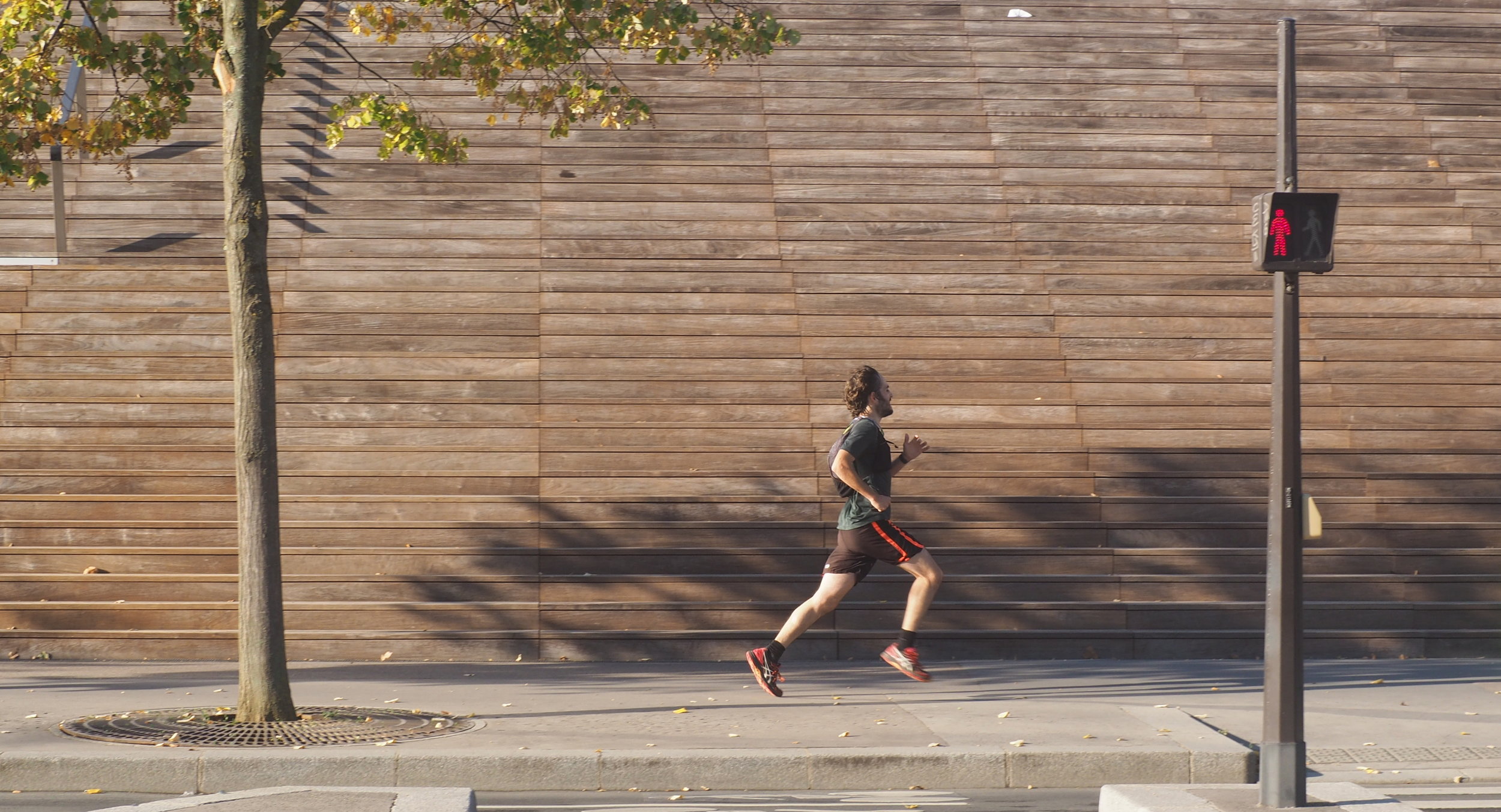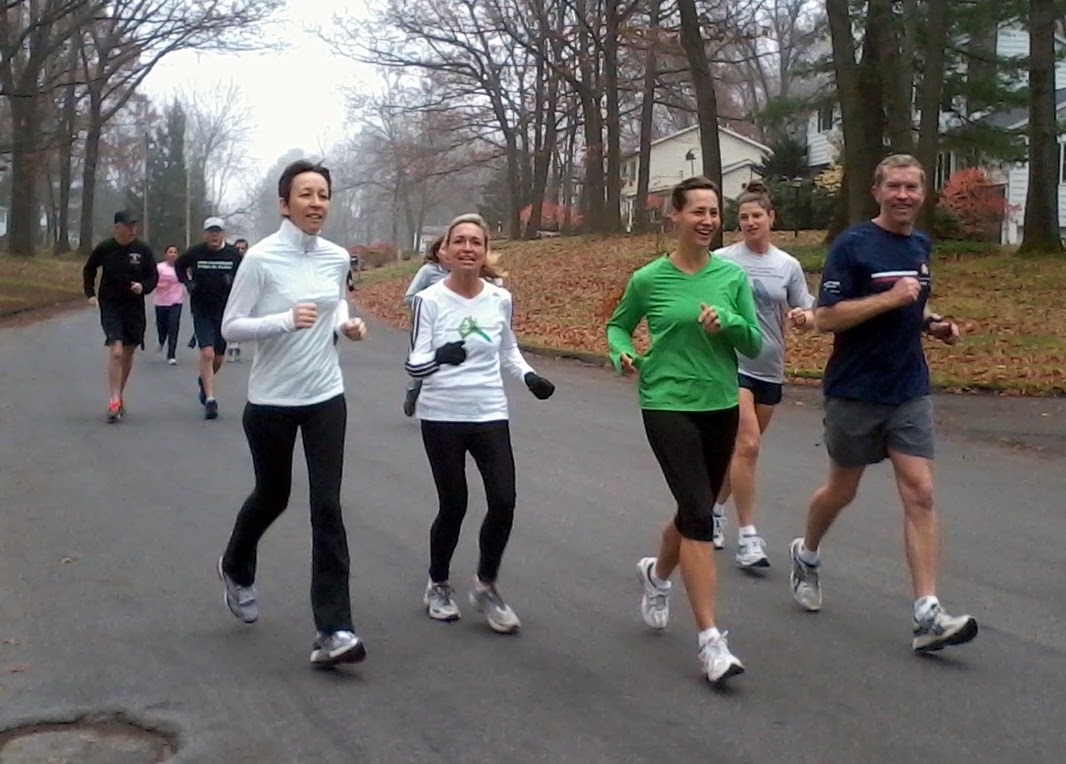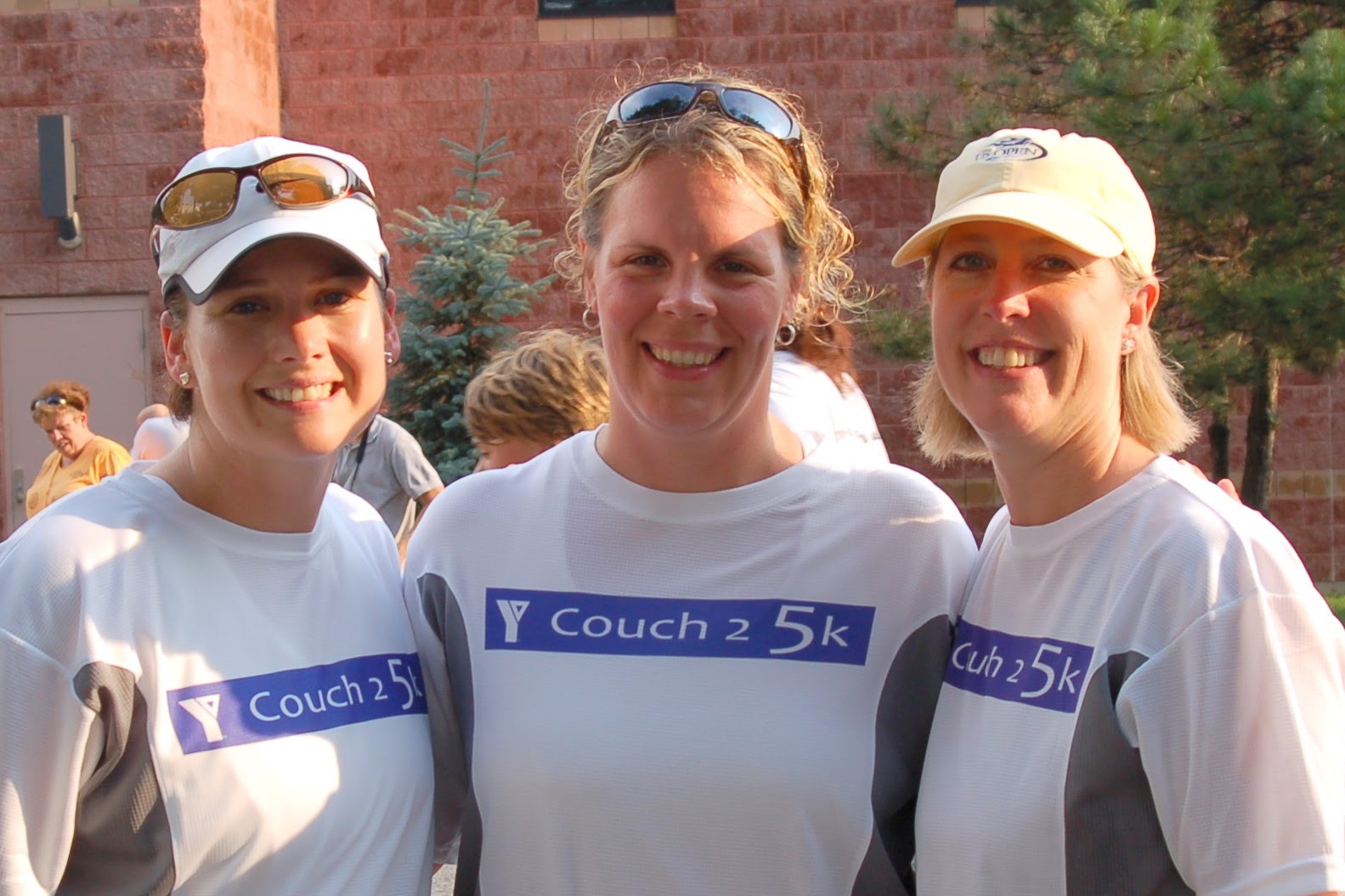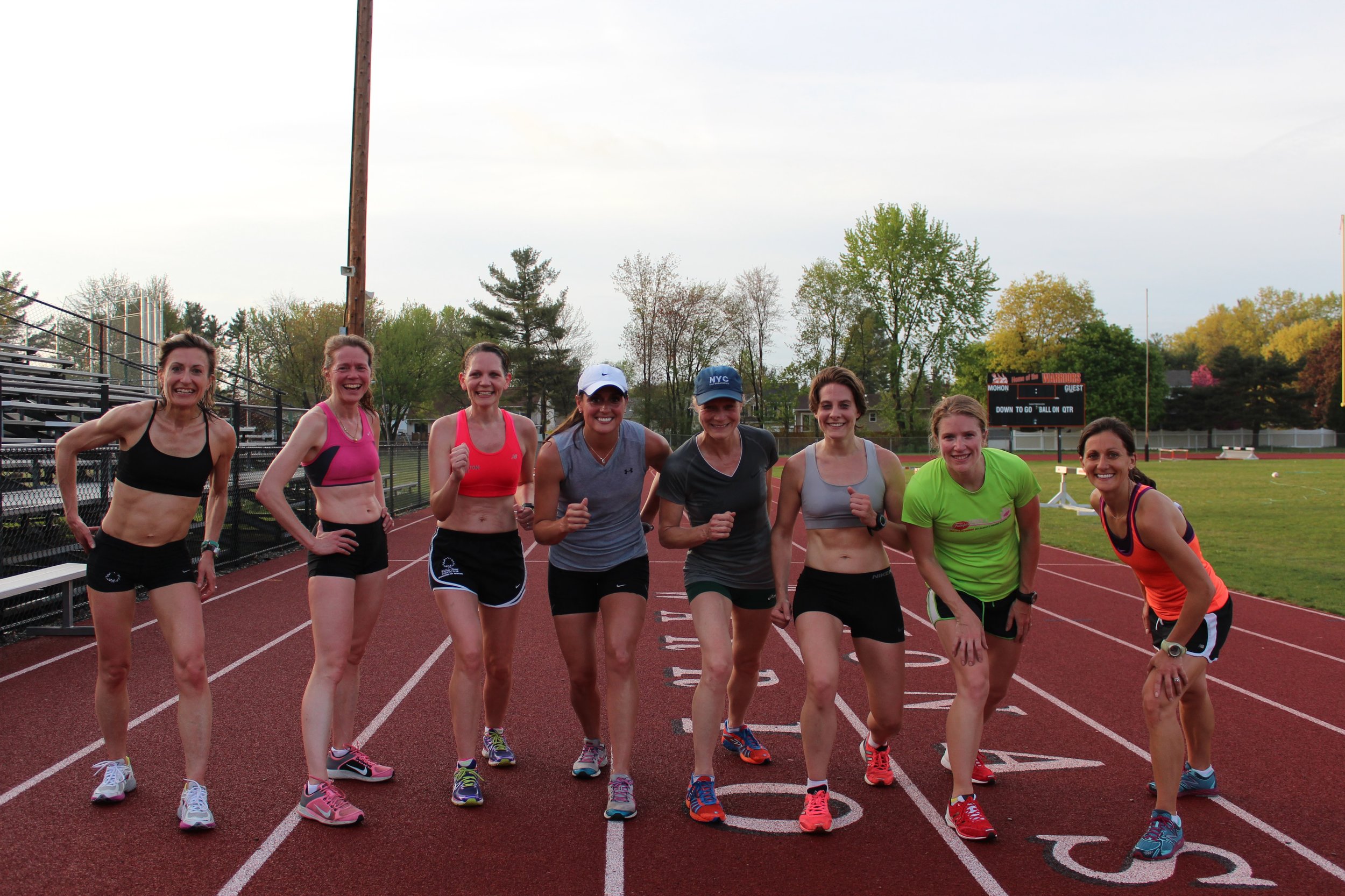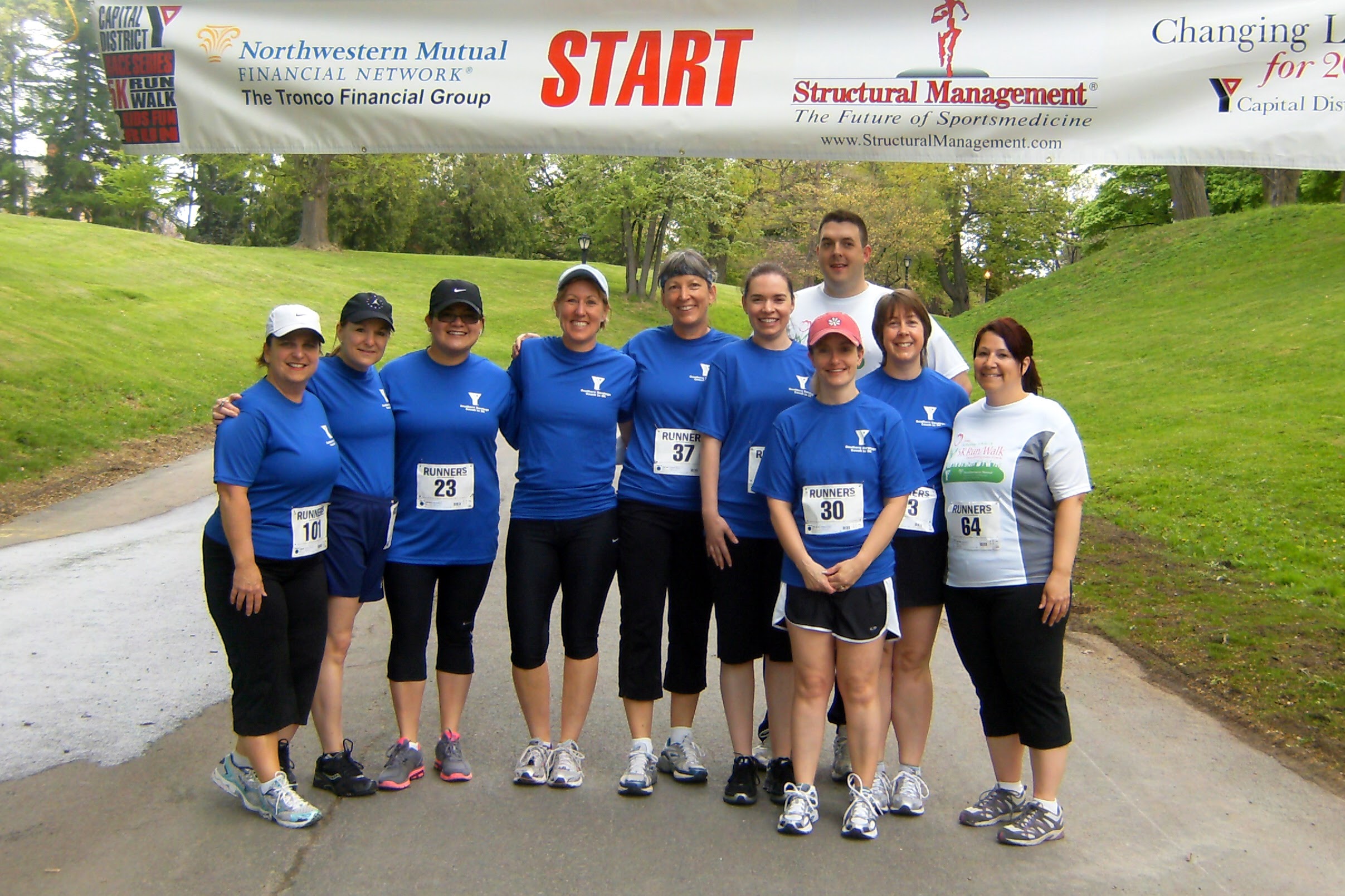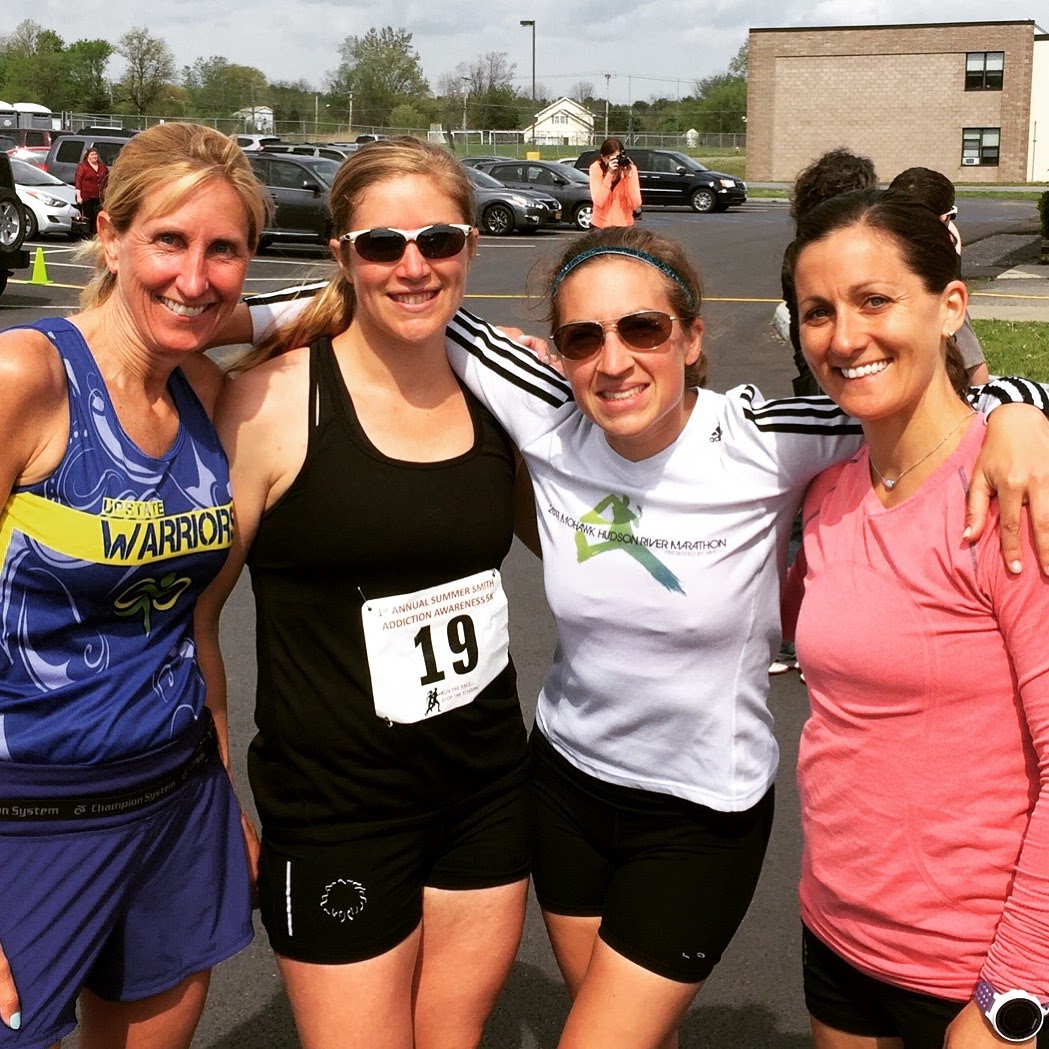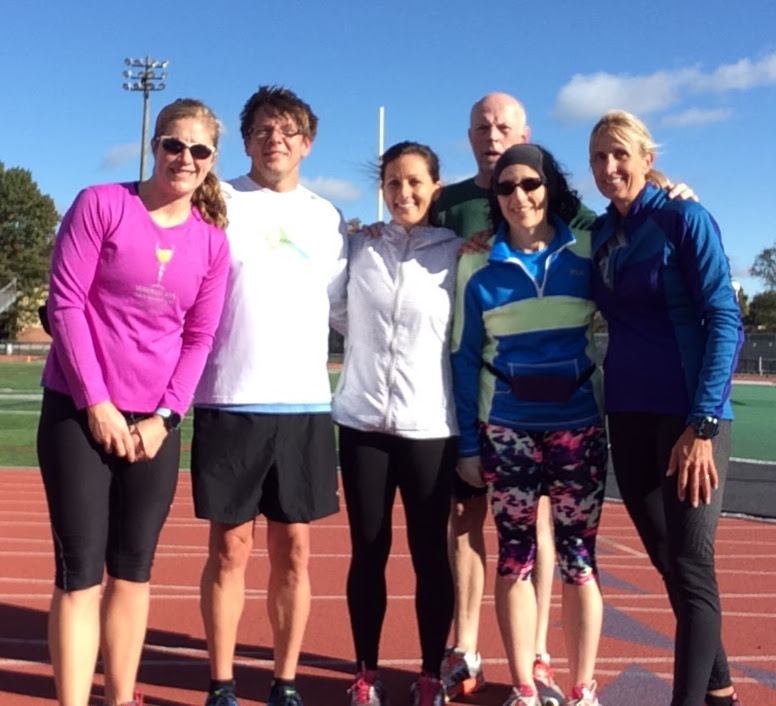#26 Rest Days
SNAPSHOT
Did you hear the silence?
DIGGING DEEPER
One of the most valuable insights to being an experienced runner is knowing when to take a rest day.
During the training season, I already have motivation, direction, and hopes. This includes a usual rhythm of six days a week of running with one day of rest from running. Yet knowing just when to take this day of rest is the result of years of successes and failures.
Perhaps the day of rest needs to come on the same day as a day of skiing or perhaps it doesn’t. Sometimes the rest day needs to wait until a busy day when finding a chance to run within my schedule is impossible, therefore decreasing mental stress. A rest day may come on the onset of symptoms of a past injury. As I am reaching closer to the masters age level (40), I touch upon a brink where without a rest day, the training can’t be accomplished. Now, I am not getting old, just playing the training dance with my current body.
So when to take a rest day is not about a planned 7th-day rotation. It is about listening and being aware.
Rest days to me can mean anything from laying on the couch for several hours to cross training by kayaking, biking, or skiing. Most rest days during the training season need to be a full rest day with several hours of no grand movements. This is a time that I imagine my muscles restoring energy, nutrition, and repairing. The next day I can feel like a new person with an extra push in my running.
Most of all be flexible when planning and taking rest days in your training. When a rest day is needed, it is only going to hurt you to put it off. For 95% of the population, it is unrealistic to run every day, understand the value of a 48-hour regeneration window.
Newer runners - 3 rest days a week
Intermediate runners - 2 rest days a week
Advanced runners - 1 -2 rest days per 14 days
Replace a run day with a walk day to restore your body
SOLUTION
In 2016 I wrote a post about NO DAYS OFF and what that meant to me as a runner. Check it out.
This 30-day series is a quest for me as a writer, coach, and runner. I promise to write about running for 30 days in a row. In doing so I intend to gain in knowledge and expression of running and daily life. My hope is that we all grow together.











